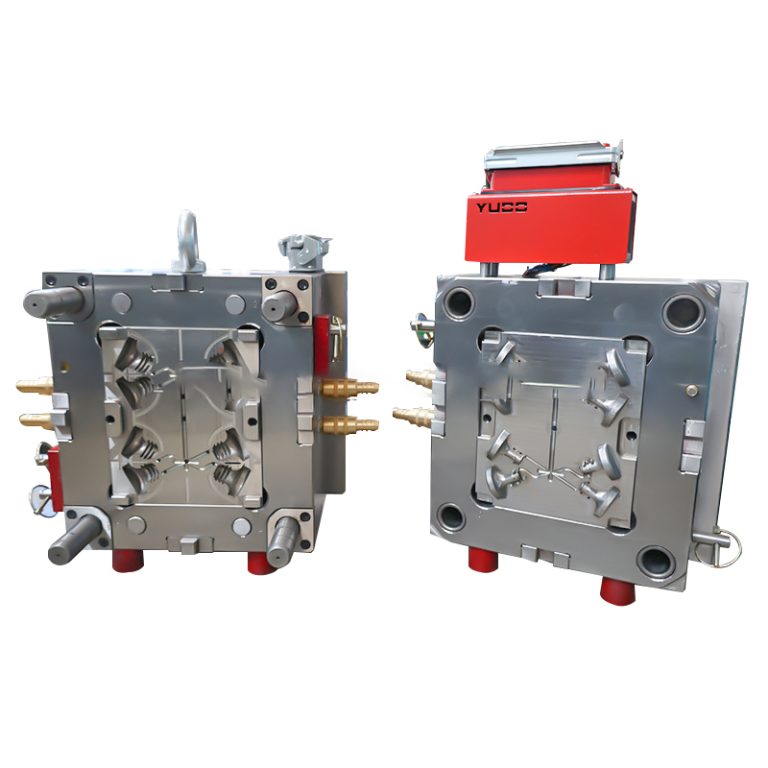The Basics of Plastic Injection Molding

Plastic injection molding is a widely used manufacturing process that involves the production of plastic parts by injecting molten plastic material into a mold. This process is highly versatile and can be used to create a wide range of products, from small and intricate components to large and complex structures. In this article, we will explore the basics of plastic injection molding, including the materials used, the process itself, and the advantages it offers.
One of the key components of plastic injection molding is the mold itself. The mold is a hollow cavity that is shaped to the desired form of the final product. It is typically made from steel or aluminum and consists of two halves, the core, and the cavity. The core is the part of the mold that shapes the interior of the product, while the cavity shapes the exterior. These two halves are precision-machined to ensure a high level of accuracy and consistency in the final product.
The process of plastic injection molding begins with the preparation of the mold. This involves cleaning and inspecting the mold to ensure that it is free from any debris or defects. Once the mold is ready, it is clamped tightly together, and the molten plastic material is injected into the cavity under high pressure. The plastic material is typically in the form of small pellets or granules, which are melted and then forced into the mold.
Once the mold is filled with the molten plastic, it is left to cool and solidify. This process, known as the cooling phase, is crucial as it allows the plastic to take on the shape of the mold. The cooling time can vary depending on the size and complexity of the product, but it is typically a matter of seconds or minutes. Once the plastic has solidified, the mold is opened, and the finished product is ejected.
Plastic injection molding offers several advantages over other manufacturing processes. Firstly, it allows for the production of complex and intricate shapes that would be difficult or impossible to achieve with other methods. This is because the molten plastic can flow into every detail of the mold, resulting in highly accurate and detailed parts. Additionally, plastic injection molding is a highly efficient process, as it allows for the simultaneous production of multiple parts in a single cycle. This makes it ideal for high-volume production.

Furthermore, plastic injection molding offers a high level of repeatability and consistency. Once the mold is set up and the process parameters are established, the production of identical parts can be easily replicated. This ensures that each part meets the required specifications and maintains a high level of quality. Additionally, plastic injection molding allows for the use of a wide range of materials, including thermoplastics and thermosetting plastics, which can be tailored to meet specific requirements such as strength, flexibility, or heat resistance.
| Material selection | size |
| ABS/PET/PEEK/ETC. | customization |
In conclusion, plastic injection molding is a versatile and efficient manufacturing process that allows for the production of a wide range of plastic parts. The process involves injecting molten plastic material into a precision-machined mold, which is then cooled and solidified to create the final product. Plastic injection molding offers numerous advantages, including the ability to produce complex shapes, high repeatability, and the use of a variety of materials. With its versatility and efficiency, plastic injection molding continues to be a popular choice for manufacturers across various industries.






